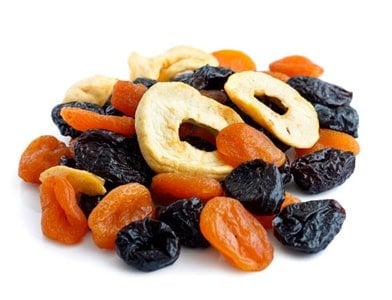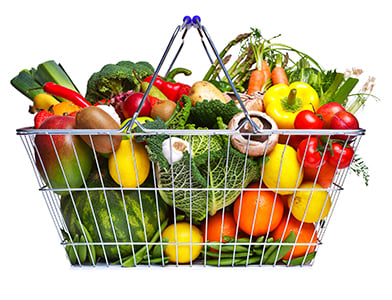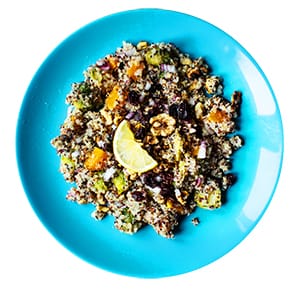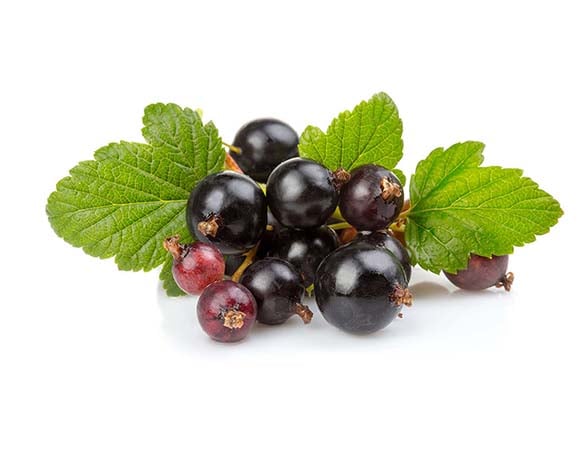April 11, 2022 · Written by Foodtolive Team
This product doesn’t taste like the one I’ve bought from you before. Why?
From time to time, our loyal customers ask questions of this kind, so we decided to elucidate why products sourced from the same supplier might vary in smell, taste, and appearance. Buying the same item from another vendor may double your questions because of potentially different texture, scent and other specificities. Let’s clarify reasons as to why this may be, step by step.
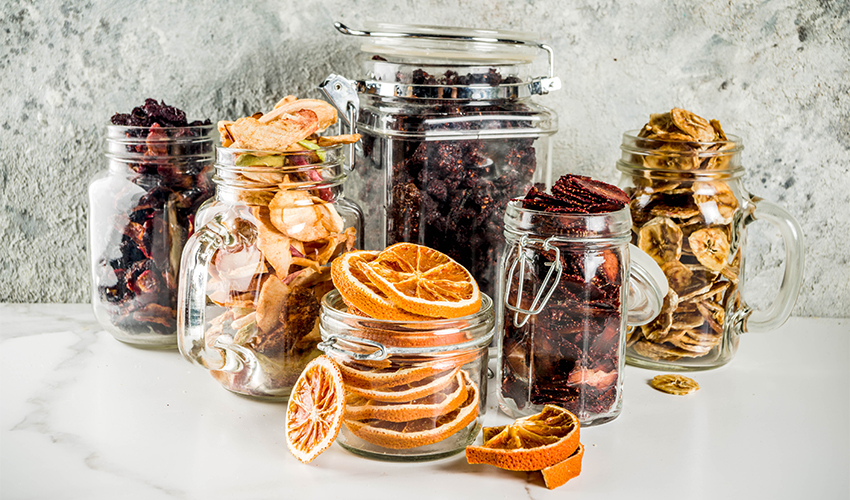
The color changed. Why?
Because the drying process and storage affects the products color. Companies selling superfoods tend to use different ways to naturally dry food. Products can be freeze-dried, air-dried, sun-dried, low-temperature dried, spray-dried, and shade-dried. Consequently, grains, powders, legumes, and dried fruit can have absolutely different responses to each of processes. The significant advance in the superfood industry results in choosing the best drying process for a particular product. For example, our figs https://foodtolive.com/shop/organic-figs/ are dehydrated at a low temperature (under 115 degree for 28 hours) to preserve the maximum of its nutritional value. As for our walnuts: after being cleaned by hand, raw kernels are dried gently at 45°C (113°F) for 3 hours. This low-temperature processing also qualifies them to be accurately labeled and sold as ‘raw organic’ food. https://foodtolive.com/shop/organic-walnuts/ However, drying fruit causes relatively faster darkening of fruit’s skin, even after the dehydration process.
Other fruits are freeze-dried to prolong shelf life. But the color will be based on the raw materials used. That is to say, if berries are freeze-dried using identical freeze-drying method, they are most likely will differ from batch to batch.
Another factor to consider is seasonal changes, like rainfall. For example, in places such as Malaysia, where there is monsoon season, people can’t plant crops because of the heavy rain, which impacts the production rates. Further, extreme weather conditions such as flood and drought can destroy plants or make plants lose energy and become weak. On top of that, due to global warming, the soil is becoming dryer so there will be less crops planted and harvested.
Another key element is how the product was stored before being dried out. Drying process means that you remove water from the product. Water content significantly influences the color, taste and appearance. For example, after harvesting, our wheat berries are stored in a grain elevator. They are not soaked because soaking can cause heavy wetness and color loss. In other words, the process of drying can result in color change or taste no matter what type of drying is used.
How does the soil affect nutrition?
It goes without saying that the weather is not stable from year to year. Some seasons are rainy, others are dry. And that can have a significant impact on soil’s resources. It’s also important that the suppliers take good care of the field, giving it enough time for remineralization. As naturalfoods.com reports, the best way to do this is to use parts of the plant or food that are not being consumed as food for renourishing the soil. [1] Incorporating cover crops that add organic matter to the soil can improve soil fertility since continuous plantation of crops makes the soil poorer in certain nutrients.
There are those who believe that wildcrafted herbs can also be a great tool to improve fertility. Firstly, wildcrafted herbs are sustainably grown in their natural habitat. They are harvested with proper respect and not messed with or altered in any way. As a result, the area will produce naturally nutrient-rich food.
Secondly, traditional wildcrafters used to do the so-called “offering”: as soon as they took what they needed, they placed some herb (e.g. tobacco) in the ground to give back to mother earth. Subsequently, their field produced a more consistent product.
Does harvest region make any difference?
Yes, it does! Depending on the season, products that we sell may come from different parts of the world. Therefore, not only does the climate influence the product’s color and taste, but also the manufacturing process that varies from country to country. In other words, food origin and method of production greatly influence taste perception.

Cultivation techniques vs Wild-harvesting
Cultivation is defined as the act of digging into or cutting up an existing soil bed to better prepare it for planting in a more “controlled” environment like farmland. [2] On one hand, you can grow great food if you take proper care of the land, it’s grown in. On the other, if you cultivate something excessively, the soil quality and productivity are reduced. If the area the food is being grown in isn’t conductive for growing, cultivation can weaken the nutrient values.
Unlike cultivation, wild-harvesting is determined as growing food in the wild areas which are maintained in a natural state, and are not cultivated. It’s another way to say that plants have their natural ability to adapt to their surroundings, so they grow at the proper time. We singled out a few points explaining why wild-harvesting is in fact better than cultivation.
- The area where the food is grown is in the wild. It isn’t neglected by the inhabitants or altered. Basically, plants are grown at their own timing.
- No excessive cultivation. That will result in soil integrity (the capacity of a soil ecosystem to hold together and maintain distinct structures, so it can perform functions that enable its flourishing) [3]
- Absolutely an eco-friendly method. Plants adapt their surroundings in a natural way because of their natural ability.
Nevertheless, we managed to determine both pros and cons of wild-crafting and cultivation:
- For the ecosystem and for the species it’s better to wild harvest food because it puts wild plant populations in the counting interest of the inhabitants.
- However, uncontrolled harvest may lead to the extinction of some species.
- Cultivation is also good for the ecosystem and for the species because it reduces harvesting pressure on slow-growing species most prone to threat.
- But cultivation can also be harmful because reintroducing plants can lead to genetic pollution of wild populations.
New advanced methods of drying in the years to come
The rapid development of food industry has a great potential to change the drying processes worldwide. Thus, recently emerging drying technologies include solar-assisted drying, hybrid drying, microwave-assisted drying. [4] Despite various drying techniques existing now, we believe technology will be further improved to produce a better product.
All things considered, “It’s become more readily apparent that we need to be growing our own food and growing more things organically.” (Newman, 2021) [5]
Sources
- https://www.znaturalfoods.com/blogs/articles/why-are-there-differences-in-my-natural-product-from-batch-to-batch#.WYHlVITythE
- https://www.thebalancesmb.com/what-is-cultivation-2538230
- https://read.dukeupress.edu/environmental-humanities/article/12/1/267/165259/Ethical-Acknowledgment-of-Soil-Ecosystem-Integrity
- https://www.researchgate.net/publication/330029650_Emerging_food_drying_technologies_with_energy-saving_characteristics_A_review
- https://www.guyabouthome.com/21-grow-your-own-food-quotes-for-a-healthier-you-this-2021/

